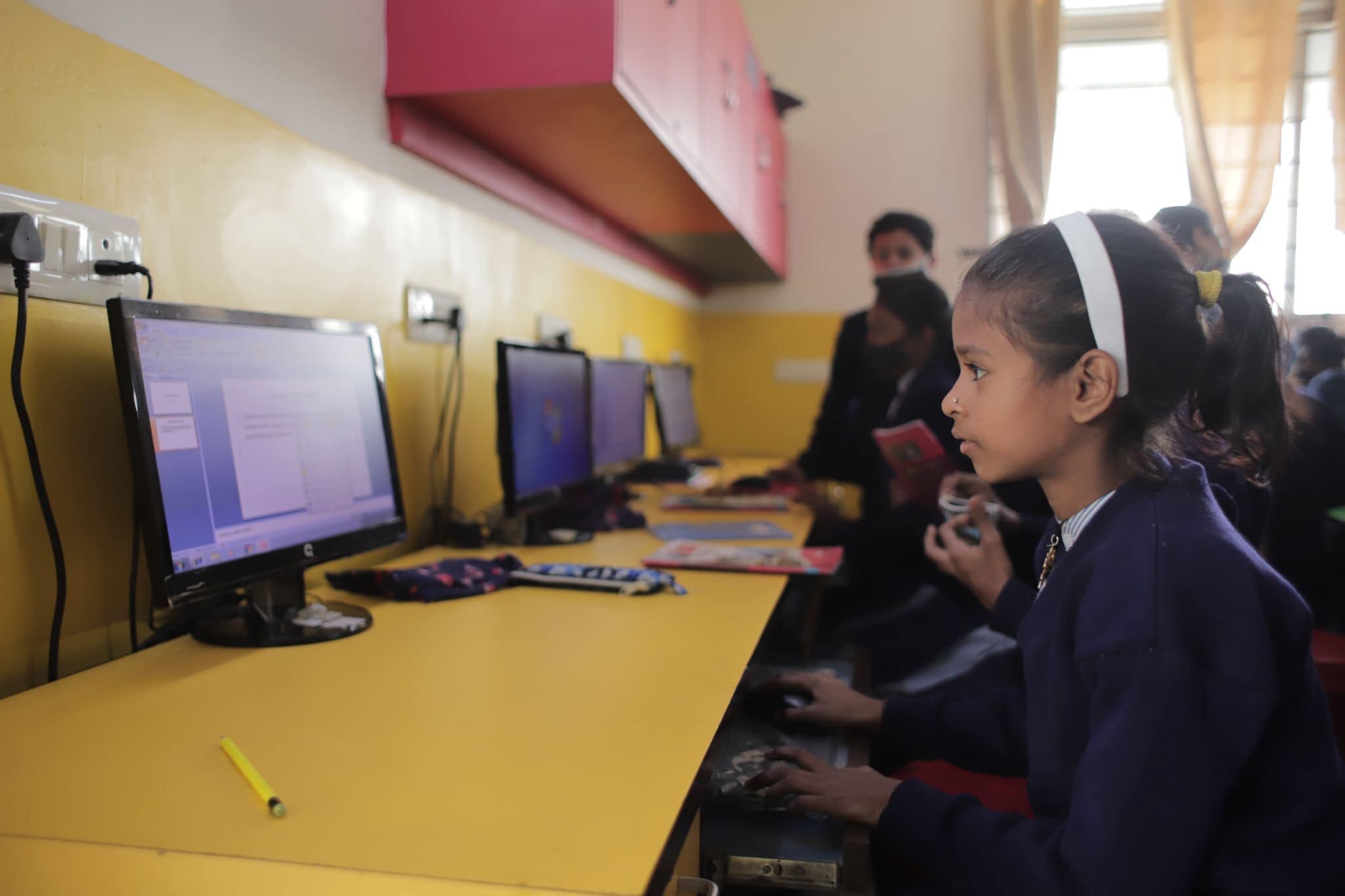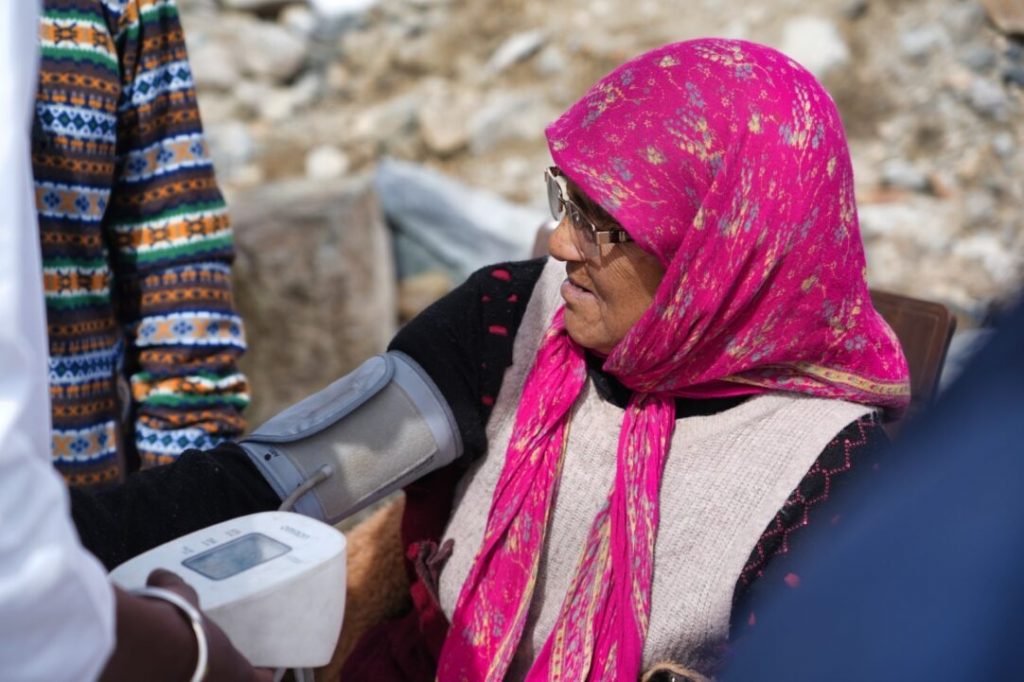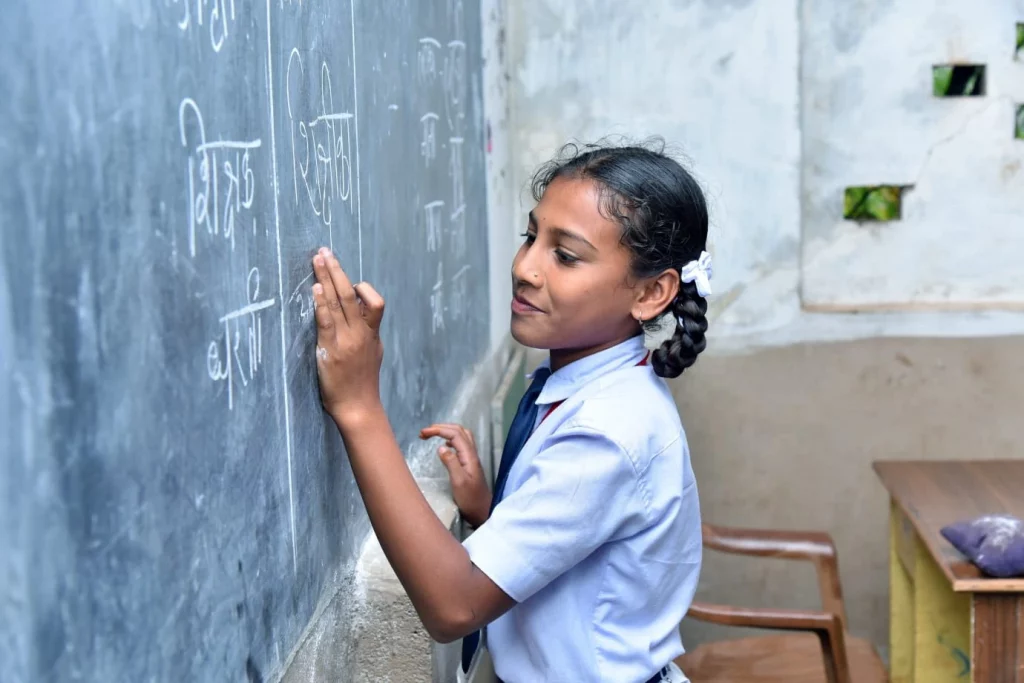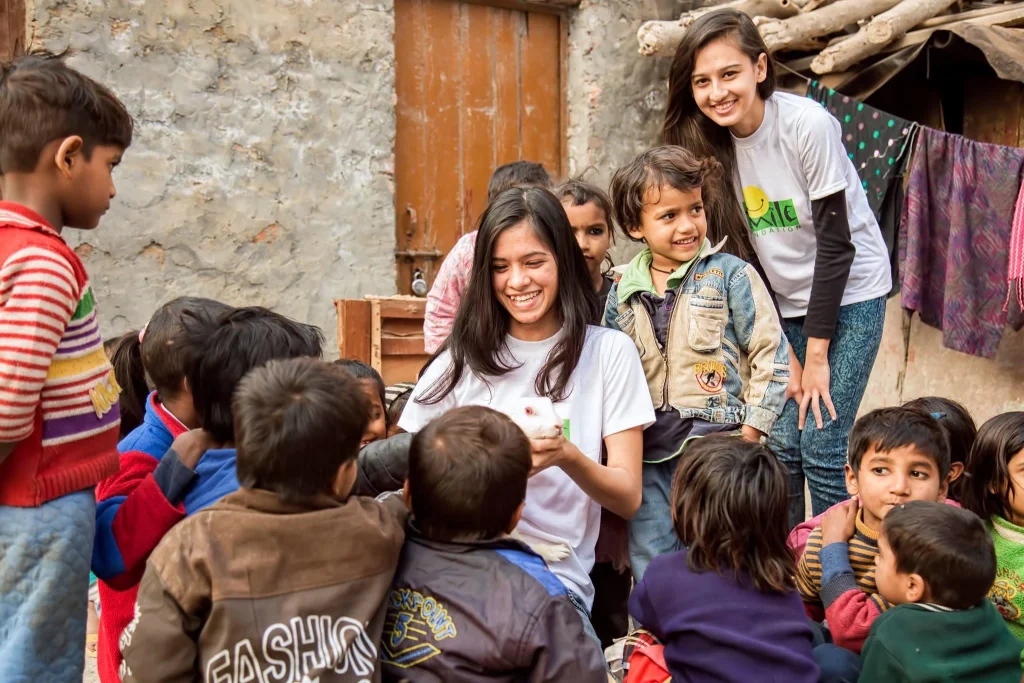Disruption in Digital Learning
Students have embraced technology like birds to air. There have been paradigm shifts in the basic and secondary levels of school education systems throughout the world as a result of the compatibility between kids’ open minds and the seemingly infinite potential of digital technology. Children embraced the quick technological developments that were sweeping the world, whereas adults once found them perplexing.
As schools progressively implement interactive classroom teaching and virtual learning systems employing information and communication technology, the truth about this transition is slowly coming into focus. Of course, there were some bumps along the way as the conventional teaching methods gave way to the current modules. Ironically, it was parents and instructors who expressed their concerns, not children.
As more schools adopted technology, though, the sceptics came to appreciate what they had been missing. The boundaries and borders of countries, as well as the stone walls of classrooms, are no longer relevant in modern education. Students of all ages learn about fascinating opportunities in their studies as education transforms into a dynamic journey of exploration on beautiful computer displays. Through the combination of software, hardware, digital teaching modules provide holistic solutions that help instructors in the classroom. Interactive learning has evolved from being viewed by teachers and students as simply a “work” to a rewarding experience.
Tailored Education
Digital learning tools enable students to learn more quickly and also with better understanding. There are interactive practice sessions after learning theoretical information from books. In contrast to traditional education, when boring lectures result in the lowest student-retention ability, as a result, students’ understanding and retention capacities skyrocket. The teachers can then assign each student individualised lessons based on their respective levels. Teachers are in a good position to evaluate each student’s performance once the lessons are turned in.
Since it examines learning results, offers corrective inputs, and provides a potent set of solutions for constant student progress, assessment is a crucial component of the e-learning education process. Putting evaluation programmes into place helps teachers identify students’ strong and weak points so that they can design next sessions at the rate at which the students are learning.
User-friendly teaching modules reduce teachers’ workload while also making things easier for pupils to comprehend. Additionally, interaction promotes sustained focused attention. All of this guarantees that previously labelled laggards in class can suddenly produce above-average performances.
However, the digital edtech start-ups currently operating in the country are made to assist students in getting ready for competitive exams like the JEE, NEET, and Civil Service. The majority of the content for online math and science tutoring and sessions, particularly for high school pupils, is in English.
In spite of reductions being provided during the pandemic, access for lower-income people is quite limited because yearly memberships can cost a ton of money. Most apps concentrate on coaching and idea clarification. They cannot be held accountable for not reaching everyone since their objectives and business models are diverse.
Some Alternatives
Some options are less widely recognised and advertised than others. Swayam, a project of the Ministry of Education, provides video courses for Grades 9 through 12, as well as for undergraduate degrees in business, humanities, and science. A student must enrol, carry out the required assignments, and receive a passing grade on the final test in order to receive certification in this programme, developed by the National Programme on Technology Enhanced Learning (NPTEL) alongside professors from the IITs, IGNOU, AICTE, and the NCERT. On DTH, the lectures on video are offered without charge. Before they are made available to the general public, the video courses are being translated into local languages and are currently undergoing expert assessment.
The CBSE curriculum is the main emphasis of the NCERT Diksha Learning App. It provides lesson plans to teachers, interesting content for parents and children, worksheets and exercises to aid with conceptual comprehension, and has more than three lakh users. Exercises for practise and review can assist dispel uncertainties.
Smile Foundation’s Involvement
Smile Foundation has been actively involved in making digital learning accessible to the underprivileged children. Visit here to know how you can contribute and donate for e-learning programme.










